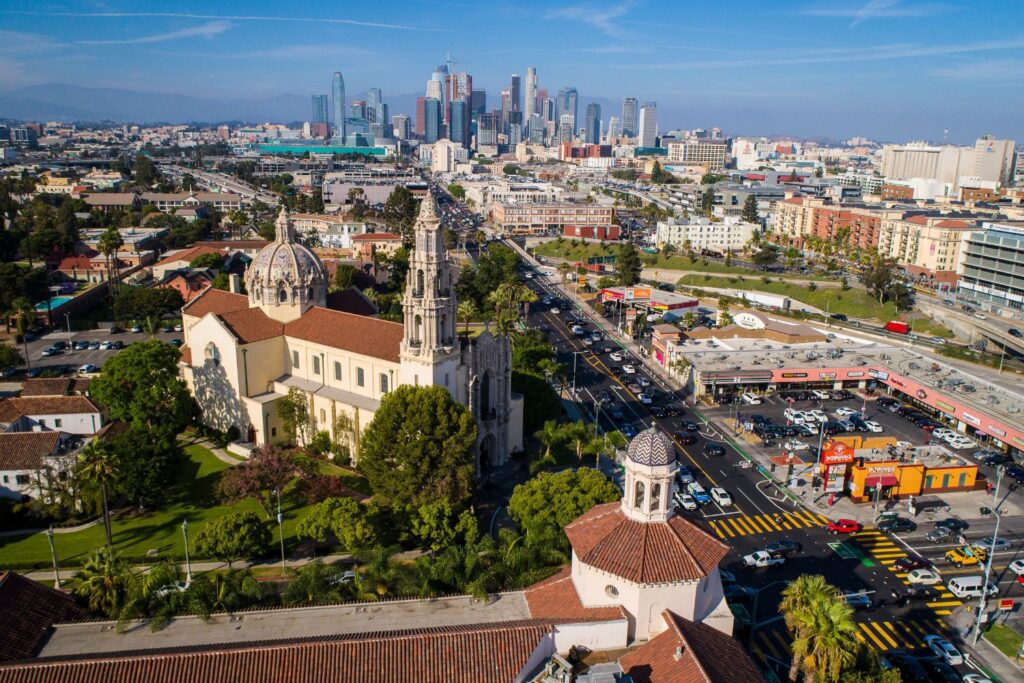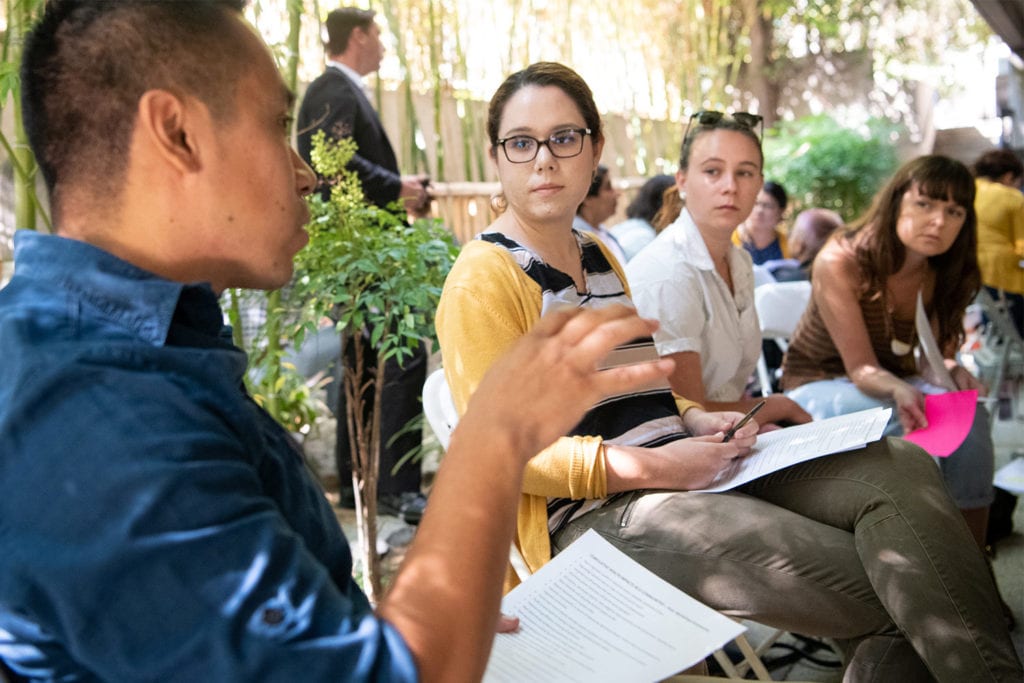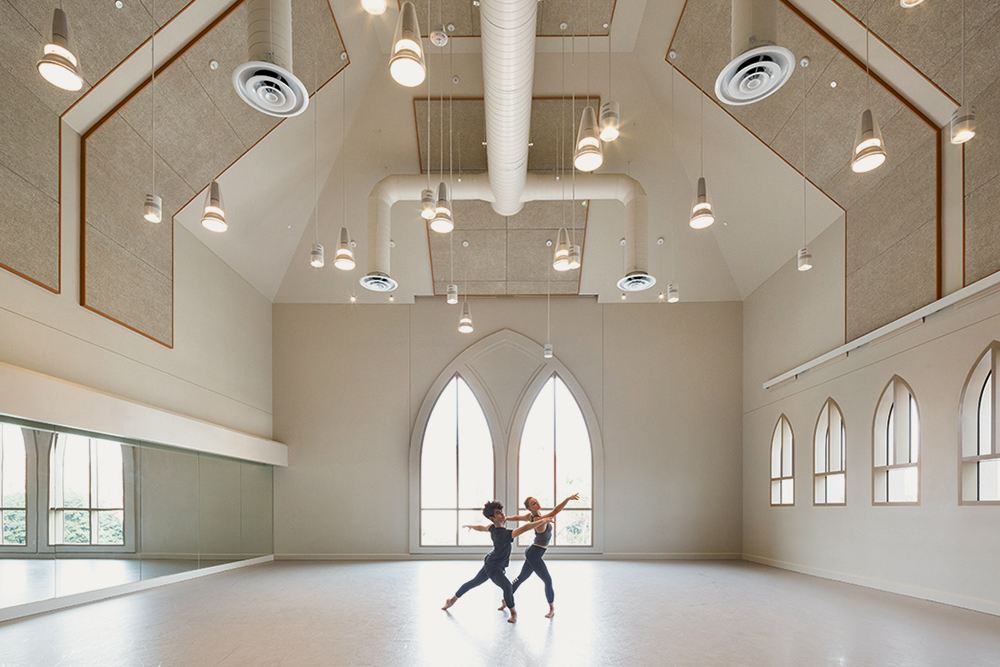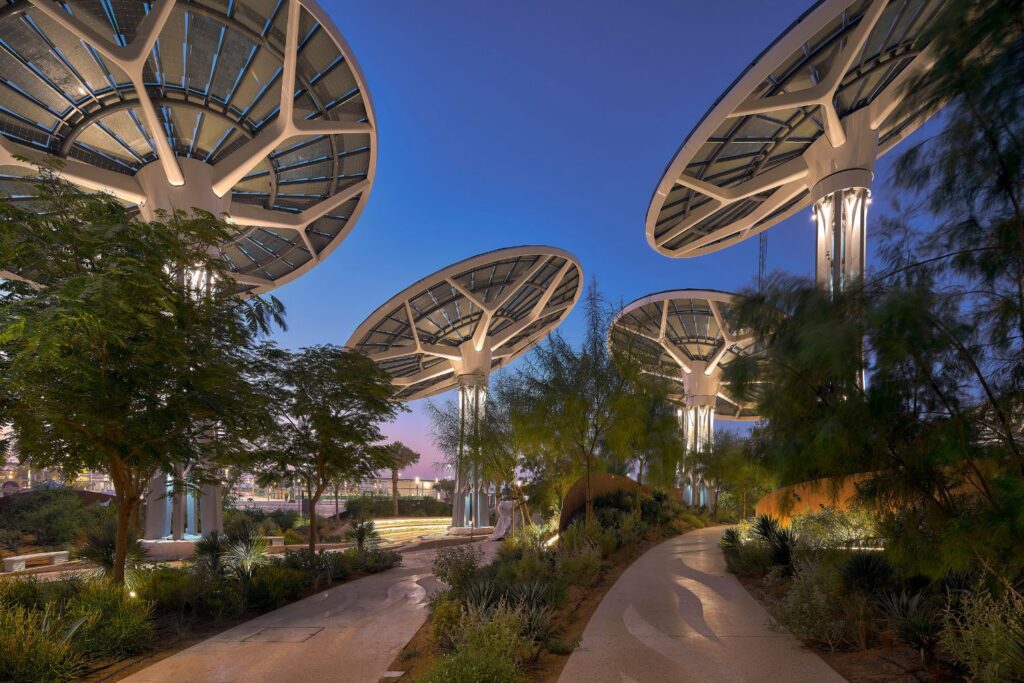
University of Southern California (USC) Sustainable Design Guidelines
Los Angeles, CA, USA
Project details
Client
University of Southern California
Architect
Perkins & Will
Duration
Completed in 2022
Services provided by Buro Happold
Over recent years, sustainability guidelines and assessment tools have come to be an essential component of long-term campus planning and institutional strategy. Buro Happold has assisted dozens of institutions worldwide on similar initiatives.
Guidelines are becoming increasingly valuable when nav specific aspects of development, such as decarbonization. This shift allows organizations to direct development in alignment with sustainability priorities and provides clear direction to design and construction teams on performance and design aspirations for their built environment.
Buro Happold was engaged by the University of Southern California (USC) to craft key standards for environmental design and construction performance. The project included collaboration with students, faculty, and staff from across campus on the development of laudable and comprehensive sustainability guidelines for maintenance, operations, remodeling, renovation, and new construction projects that impact the campus environment.
Challenge
For the University of Southern California, our team was tasked with drafting new guidelines that would establish process management guidance for project teams to understand their roles and responsibilities as well as key sustainability activities required for tracking and reporting.
This necessitated working across a range of stakeholders and understanding their priorities for campus development. We were also challenged to look across seven different topic areas where University of Southern California would focus design and construction efforts, including:
· Site: Develop sites sustainably, integrating with surrounding ecosystems and built environment
· Landscape: Foster native, diverse, and resilient landscapes
· Energy: Prioritize efficient, low-carbon design that is electrification ready
· Water: Conserve potable water through efficiency, recycling, and reuse
· Materials: Prioritize healthy, local, low-carbon materials
· Waste: Design facilities to minimize waste during building construction, operation, and end of life
· Occupant Comfort: Design healthy and comfortable spaces

Solution
Buro Happold led a team that included Perkins & Will, Psomas, AHBE | MIG, and Neu Campus Planning to create a guideline development process that meaningfully engaged stakeholders, and then shifted focus to defining material strategies and guideline implementation procedures. Together we created an integrated set of guidelines that supported human health, sustainability, and equity. We merged our collective management process with technical expertise through an iterative, collaborative process of sustainability standard development and ensured goals were clear and and solutions embed a quadruple bottom line approach of people, planet, profit, and purpose.
We engaged key stakeholder groups, building on the Assignment: Earth document, which outlines a 2028 sustainability framework and planning process, along with previous stakeholder engagement efforts. Together with the select stakeholders, we defined goals, identified priorities, and tested ideas with appropriate audiences to reduce risk and build momentum. In addition, we were practical in benchmarking and understanding that some topics covered by the guidelines will require more time for development and vetting, such as energy and water, as these areas will more heavily impact current USC FMS standards and operations and maintenance practices.

Value
This collaborative process University of Southern California has embarked on, inclusive of students, faculty, and staff from across campus, has resulted in a highly credible and comprehensive set of sustainability guidelines that will guide new construction and renovations, enabling the campus environment to reflect and achieve the university’s sustainability ambitions.
“The team set out strategies for sustainable construction, focusing on both the chemical health and embodied carbon of building materials,” says Leigh Christy, principal of Perkins & Will. “After working with Buro Happold and the team, we’re proud to say that University of Southern California will become one of the first campuses to adopt a formal policy for life-cycle analyses to tackle embodied carbon.”
These guidelines showcase the commitment to sustainability that the University of Southern California has made and will push the campus to become a template for other institutions and large campuses across the region.














